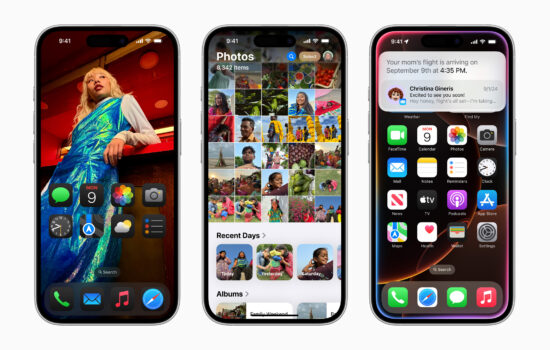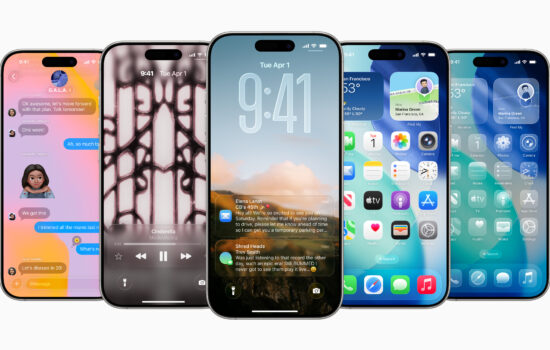Translate is an Apple-made app introduced in the first iOS 14 beta after the WWDC keynote the tech company does to show off their latest software developments before arriving to consumers in September – Apple’s release month.
The app aims to compete directly with Google Translate, a staple translation tool for decoding other languages, by offering similar (but not very advanced) features in their app so Apple isn’t giving marketshare to Google.
Feature Overview
In the Google Translate app, users are prompted with a plethora of options to translate whatever they would like. Voice, picture, text, handwriting, conversations – it can all be translated. Not only this, but Google can attempt to detect the language and then output it in the native language chosen. This aids many with decoding seemingly cryptic messages if you don’t happen to be bilingual (or helps cheat on homework!). Google also supports 109 languages & dialects, allowing almost anything to be translated in at a moments notice.
Compared to Apple’s new translate app, the languages can only be properly translated if the user knows which language it is. However it gets a little more disappointing from here; only 12 languages are currently supported (2 being US & UK English dialects) without the ability to use the camera to translate signs, physical documents or handwriting. For many early adopters of the iOS 14 beta software, public and developer alike, will find this infuriating as the tech giant boasts the very best in AR and software development – yet lacks behind with language and translation.
Like father, like son…
Apple often does this with their competition; creating a competitor that can be bundled with iOS natively or downloaded from Apple, completely obliterating the competitor initially, sometimes also buying out competition in hopes of implementing their technology within their own. Examples of this are Apple acquiring Dark Sky – a weather app for iPhone & Android.
With this being said, it is inevitable that Apple will attempt to support more languages, have more language detection features and offer a new native experience to translation, incentivising iOS users to not install Google’s apps by having them native to the software.
Concluding notes
Despite the criticism of Apple’s new innovation, I personally believe that the app has potential to grow once newer and more familiar features are introduced to it before being open for public use in September with the iPhone 12‘s release.
However for now, I recommend using Google Translate for the fact that it has been around longer, is familiar and also has a range of features that Apple is yet to implement.
A special thanks to Appleosopher, @tobias.setup for letting us use his awesome image!








